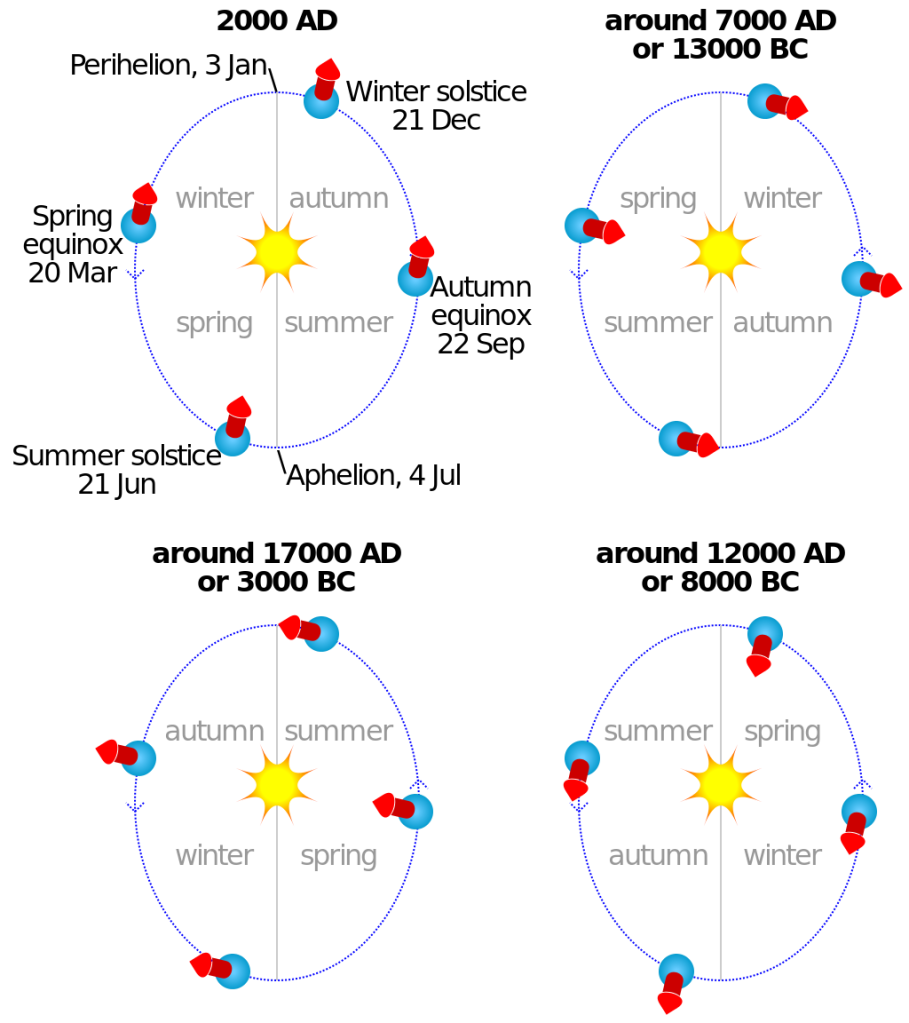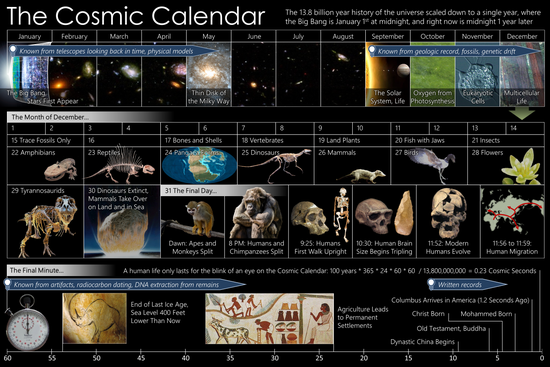
The priests of ancient Babylonia and Egypt were pioneer astronomers – they studied the sky, mapped constellations, and noted movements in both the Sun and the Moon – but, it was a Greek astronomer, Hipparchus, who made the first major new discovery in astronomy: precession. Comparing observations more than a century apart (particularly those done by Greek astronomers Timocharis and Aristyllus) with that of his own, Hipparchus noticed that Spica, and other bright stars in the sky, appeared to be displaced by 2 degrees relative to the autumnal equinox. Hence, after a few calculations, it did not take long for Hipparchus to ultimately conclude that the sky was moving and that the rate of this movement was no less than 1 degree per century (completing a full cycle in no less than 36,000 years) – a relatively accurate result in a time where astronomers still believed in the Geocentric model of our Solar System.
















